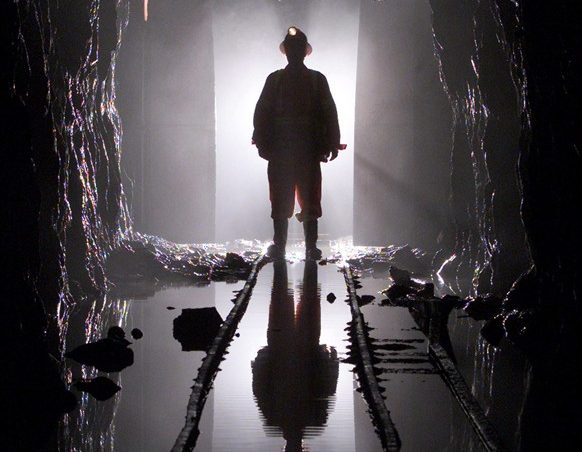A study says three decommissioned uranium sites near Bancroft, Ont., are protected and pose no health impacts on residents.

In 2019 the Canadian Nuclear Safety Commission (CNSC) launched an independent environmental monitoring program in the Bancroft area, focusing on the Dyno, Madawaska and Bicroft decommissioned uranium mine sites. Each site processed low-grad uranium ore which left behind tailings — waste generated by the mining and milling of uranium ore.
The commission is licensed to manage the three sites, which are under long-term monitoring and maintenance. The three sites were remediated in the 1980s and 1990s.
- The Dyno site, owned by EWL Management Inc., operated between 1958 and 1960 at Farrel Lake, about 30 km southwest of Bancroft. It consists of capped mine openings, mine tailings and a containment dam.
- The Madawaska site, owned by EWL, operated between 1957 and 1982 and was decommissioned in 1983. In 2015, EWL began rehabilitation and maintenance work on the two tailings management areas and some of the underground workings.
- The Bicroft site, owned by Barrick Gold Corp., is located in Cardiff, 18 km southwest of Bancroft. Designed to contain tailings from the Bicroft mine, the site operated from 1956 to 1962. As part of the decommissioning, remediation work included vegetation of tailings in 1980 and upgrading of dams in 1990s, the commission noted.
The study saw staff take samples of sediment and water from public areas around the facilities. An independent laboratory then measured and analyzed the amount of radioactive and hazardous material in the samples.
The study concluded that samples were within accepted government guidelines. Sediment samples indicated “little to no” environment impact and were within screening guidelines. There were just two water samples that were above guidelines.
“The concentrations of radioactive and hazardous contaminants in water samples were below screening levels and federal and provincial guidelines with the exception of two water samples,” the commission said.
“While uranium concentrations at two water sampling locations exceeded the guideline for the protection of aquatic life (15 micrograms per litre) issued by the Canadian Environmental Quality Guidelines (CCME), they have significantly decreased since decommissioning of Madawaska with improvement over the last two decades.”
The study said results were “slightly above” the Ontario provincial drinking water standard (20 micrograms per litre) but were “well within” the range of safety margins incorporated into the development of the standard.
“It should also be noted that none of the samples taken were from locations that should be used as untreated drinking water sources,” the study states.
The commission noted a study in 2012 of miners’ health concluded that cancer rates in the area were comparable to other similar regions where there are no nuclear facilities.
The commission concluded that based on the sample results and previous health studies, “the public and the environment in publicly accessible locations in the vicinity of the Bancroft mines are protected and that there are no expected health impacts.”









Comments